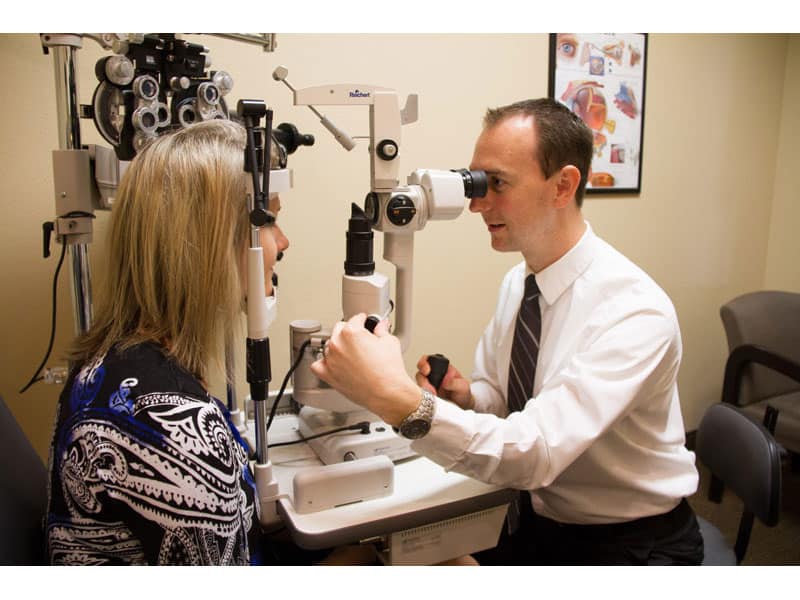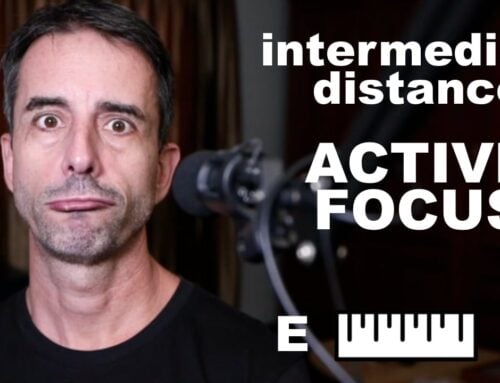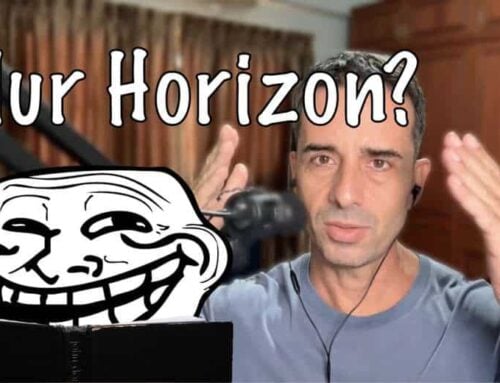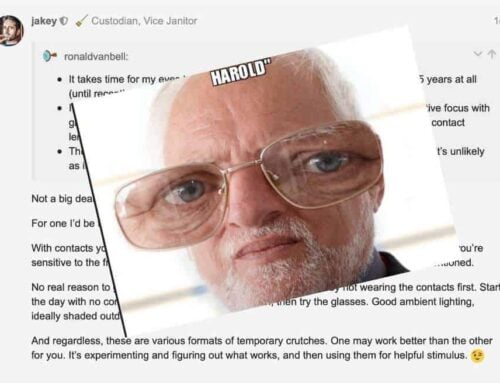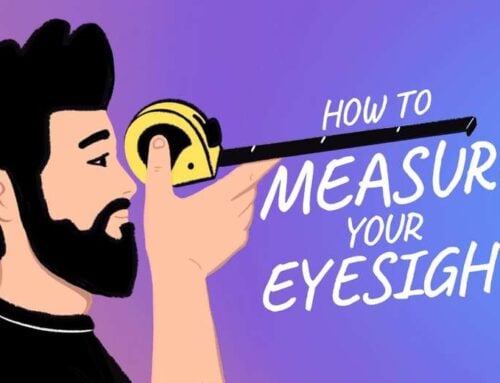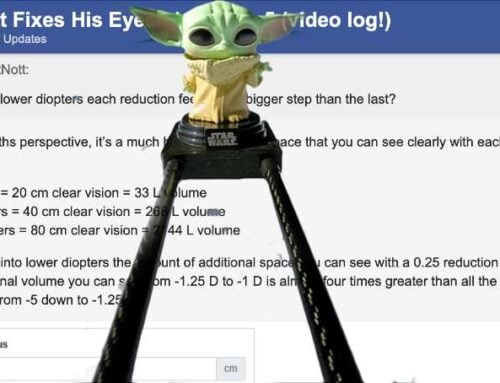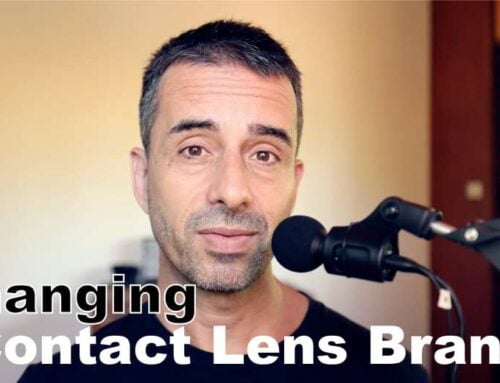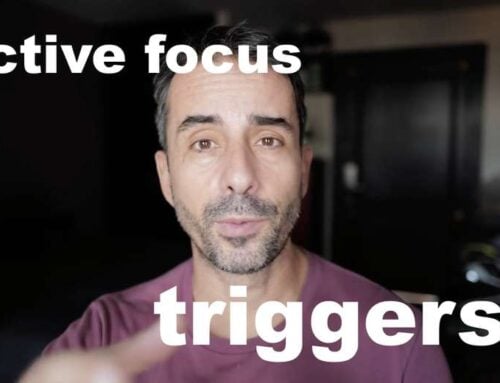Pro topic. Best used after some BackTo20/20 or otherwise advanced experience.
There is a question that will be floating around this sphere, perhaps many years from now, after the whole idea of holistic myopia control becomes more mainstream.
That question will be, whether to equalize or reduce your spherical correction first, when you start on the road to improving your eyesight using lenses to create positive stimulus. You can’t do everything at once, you have to either reduce spherical, or reduce prescription complexity. Wise optometrists of the future will argue about this, when discussing their favorite ways of holistic myopia control.
Let’s look at some of the arguments for both:
The Case For Spherical Reduction
This methods has you keeping your prescription the same, besides reducing left and right eye spherical values.
Benefits:
- It’s very simple, almost anyone can look at an eye chart, and reduce their distance prescription to a 20/30. You could use your contact lenses and a few pairs of reading glasses from the drug store to make the determination in a few minutes. You could go to a friendly optometrist and get that simple reduction.
- It’s the least impact on the perceived quality of your eyesight. If you reduce astigmatism correction or begin equalizing (reducing the ratio of left vs. right eye spherical), without any previous experience, your vision will feel “off”. While in theory this should work fine to produce stimulus, the subjective experience is not conducive to continue with vision therapy. However if you simply reduce spherical without changing astigmatism or diopter ratio, your blur horizon simply shrinks. This feels more natural.
- It’s motivational, in that you can quickly track objective progress. After a month or two your eye chart results will show you that you can see as well with your reduced prescription as you could with your previous, higher one. Motivation and self confidence is the most important ingredient to succeed in your quest to improve your eyesight.
There will be those though who will be in favor of simplifying prescriptions first.
Of course we’re talking about the future here, today we’re still living in the relative stone age of myopia control where the discussion is still on silly ideas like ortho and atropine. But let’s look at the possible future argument for reducing prescription complexity before working on sperical:
The Case For Reducing Prescription Complexity
If you have done BackTo20/20, you notice that after a while I start encouraging you to reduce astigmatism correction, and later on to start looking at the ratio of spherical correction in your left vs. right eye.
I don’t do this in the beginning. But after you have had a few successful reductions and know your eyesight and limits, it makes sense to address prescription complexity. Some might say starting with that would be wise:
- Complex prescriptions are often at the root of vision related sensitivity. Astigmatism correction in particular can cause headaches, fatigue, and tension. Strategically reducing this factor first may help prevent unexplained sensitivities as the student begins the journey of improving eyesight.
- Maintaining equal correction environments for differential and normalized prescriptions is important. This is much easier to do when your prescriptions aren’t full of complexities which we have to account for. For example, a normalized prescription will often require a bit more astigmatism correction than a differential. And with lower diopters (differential), a big ratio between left and right eye spherical may not be the same, since there are only 0.25 diopter increments to work with. Being able to avoid some of these considerations may be a better way to look at the long term process.
- Complex prescriptions tend to be more expensive. Carrying this complexity through a number of reductions first may not make the best sense, financially.
- You are less likely to be able to use your current differential as a future normalized, if you have a lot of prescription complexity. In particular astigmatism correction for close-up should be looked at more conservatively than for distance, potentially making each and every prescription a “throw-away” proposition.
I’m sure other points may come up for either preference.
And if you’ve been reading for a while (or are a student in BackTo20/20), you already know my preferred compromise. This isn’t always the case for in-person work, where I can more easily assess what the individual needs. But if our goal is to have a program that works smoothly for a large and diverse group of students, I go for spherical correction first.
The main reasons for these are 1) motivation, and 2) smooth transition.
If you see a big reduction, something on the scale of a diopter in a matter of 60-90 days, you’ll feel significantly motivated. I like to start you off with victories, that are clearly expressed in (ideally large) numbers. One diopter. That has impact.
And since you probably don’t meet me before you start, and don’t get all the extra reassurance that would come from that, spherical is the easier transition to start with. It won’t feel as odd as an astigmatism reduction or equalization of left vs. right eye. It’ll be just a little more blur, a bit closer than before. You’ll be able to deal with that relatively easily, and implement active focus and measure your improvements.
It would be fantastic if a hundred years from now, this would be one of the main arguments in myopia control. If you’d pick your optometrist based on his/her stance on equalizing vs. spherical reduction first – rather than today, where you’re lucky to find anyone who will even just let you have a lower prescription at all.
Let the record state that the (by then probably dead) Jake Steiner says, start with spherical first.
Cheers!
-Jake

